Beschreibung des Aquariums
Besonderheiten:
4mm glass basin, put together with black silicone, bottom frame made of black aluminum without a cover.
Rear wall: volcanic rock of approximately 2 cm with blond peat fixed with silicone in the front. The volcanic rock is combined with quick cement on the back and rigid green plastic mesh.
We want to highlight that the main advantage of volcanic rock is its high porosity that allows the establishment of a good bacterial colony. It has the disadvantage that it is very rough and can be abrasive for the fish, but it is all covered with peat, except for the sidewall where moss will be grown on the stone directly.
The role of the mob is to create an environment close to a black water biotope. And, at the same time, act as a substrate so the live mosses that will be introduced can.
Side wall: built with volcanic rocks that measure about 8 cm in diameter and are attached with silicone. The top stones are concave and are placed in cantilever. The concavity of the stones is filled with 250 cc of substrate consisting of a mixture of peat, sand and clay (Kanuma), which should enable the emergent plant. Above the sidewall there is a flute so water can exit, a pump that removes water and soaks in a cascade the emergent plant. The aim is that this sidewall can filter the aquarium.
////////////////////////////////////
Conca de vidre de 4 mm, unida amb silicona negra, marc inferior d'alumini negre, sense coberta.
Paret posterior: roca volcànica de 2 cm aproximadament, amb turba rossa fixada amb silicona a la part anterior. La roca volcànica està unida amb ciment ràpid per la part posterior i una malla de plàstic verd rígid.
Destaquem com a principal avantatge de la pedra volcànica la seva elevada porositat que permet l???establiment d???una bona colònia bacteriana. Te l???inconvenient que és molt rugosa, i pot ser abrasiva pels peixos, però es troba tota coberta de torba, excepte la paret lateral, on s???hi farà creixer les molses directament sobre la pedra..
La funció de la torba es crear un ambient proper a un biòtop d???aigües negres. A l???hora que actui com a substracte per arrelar les molses vives que està previst introduir-hi.
Paret lateral: construïda amb roques volcàniques que mesuren aproximadament 8 cm de diàmetre, i estan unides amb silicona. Les pedres superiors tenen forma còncava, i es situen en voladís. La concavitat de les pedres s'ompla amb 250 cc de substracte format per una barreja de torba rossa, arena i argiles (Kanuma), que ha de permetre el plantat emergit. Per sobre de la paret lateral es situa la flauta de sortida d'aigua, d???una bomba que remou l???aigua, i remulla en cascada el plantat emergit. L???objectiu es que aquesta paret lateral tingui funcions de filtrat a l???aquari.
Dekoration
Bodengrund:
- Kanuma substrate, of Japanese origin. They are aluminum silicates, with similar properties to clays with gel, which can absorb more water than its own weight and it actually has a much lower density; it floats in the aquarium when it???s it dry, and precipitates to the bottom after being moisturized. the pH oscillates from 4.5 to 5. It has properties in the stabilization of the humid and fulvic compounds. It???s less known than Akadama but it is also commonly used to cultivate bonsais, mainly for species of the genus Rhododendron because of its acidity. Its chemical and physical properties make it particularly suitable to grow mosses and ferns. The grain size used has an estimated diameter of 3 to 4 mm, but various grain sizes can be found. It is ocher.
Sand river and some quartz stones. While the chemical properties of Kanuma were perfect from the point of view of the acidity of the water, its low density represents a problem for submerged planting. Sand and quartz are inert and help fixing plants in the background. At the same time, a sand area is recommended to keep some of the animal species we wish to include.
- Organic Materials: The objective was to collect a variety of natural materials that free humic acids and tannins. It also included Salix alba, because of the possible algae properties of the plant. (The environment is not suitable for shelled invertebrates that in other conditions can control algae).
Moor roots
Blonde peat
Willow branches and leaves (Salix alba). Collected from the river Segre
Alder fruit (Alnus glutinosa). Collected from the river Segre
/////////////////////////////////
- Kanuma substracte d???origen japonès. Són silicats d'alumini, amb propietat similars a les argiles gelificades, que poden absorvir més aigua que el seu propi pes; de fet té una densitat tant baixa, que flota en l???aquari quan es sec, i precipita al fons una vegada humectat. El seu pH oscil.la entre 4.5 i 5. Te propietats en la estabilització dels compostos húmics i fúlvics. Menys conegut que l???Akadama, però també és d???us comú en el cultiu de bonsais, bàsicament s???utilitza per espècies del gènere Rhododendron per la seva acidesa. Les seves propietats químiques i físiques el fan especialment indicat pel creixement de molses i falgueres. La granulometria utilitzada té un tamany aproximat entre 3 i 4 mm diàmetre, encara que es comercialitza amb diverses mides de gra. Té color ocre.
- Sorra de riu i algunes pedres de quartz. Si bé les propietats químiques de la Kanuma eren perfectes des del punt de vista de l'acidesa de l'aigua. La seva baixa densitat suposa un inconvenient pel plantat submergit. La sorra i el quartz, són inerts i ajuden a la fixació de les plantes de fons. A l'hora que una àrea de sorra és recomanada per mantenir algunes de les espècies de fauna que s'hi volen incloure.
- Materials orgànics: L'objectiu ha estat recollir una sèrie de materials naturals, que lliberin tanins i àcids húmics. S'inclou també Salix alba, per les possibles propietats alguicides de la planta. (L???ambient no es apte per invertebrats de closca, que en altres condicions poden controlar les algues)
o arrels de Moor
o torba rossa,
o rames i fulles de salze (Salix alba). Recollides a la ribera del riu Segre
o fruits de vern (Alnus glutinosa). Recollides a la ribera del riu Segre
Aquarienpflanzen:
Among the plant species chosen few are used commonly in aquarofilia. Here some acidophilic species from the Southeast Asia were selected, such as Microsorum pteropus, Ceratopteris cornuta . Others are plants that are sold as ornamental. Among the latter, species native to the jungles of Borneo were chosen, such as and Bucephalandra, Nepenthes, Asplenium .
To get a more natural effect and so they start to root on the walls and on the red roots, Asian moss was included, for example, Java Moss (Taxiphyllum barbieri), Monosolenium tenerum, Vesicularia ferriei and Ricardia chamedrifolia.
As floating plants, I used Riccia fluitans and Salvinia natans, both of cosmopolitan distribution.
- Asplenium nidus (out)
- Java Moss, Taxiphyllum barbieri (submerged)
- Monosolenium tenerum (submerged)
- Bucephalandra sp "Kedagang" (submerged)
- Vesicularia ferriei (submerged/emerged)
- Ricardia chamedrifolia (submerged)
- Microsorum pteropus "Narrow". (submerged)
- Ceratopteris cornuta (submerged)
- Riccia fluitans (float)
- Cryptocoryne x willisii (emerged)
- Cryptocoryne parva (emerged)
- Cryptocoryne beckettii (submerged)
- Cryptocoryne albida (emerged)
- Nephentes campanulata (emerged)
/////////////////////////////
Dins de les espècies vegetals triades algunes són d'us molt comú en l'aquarofilia. Aquí s'han seleccionat espècies acidòfiles del sudest asiàtic com Microsorum pteropus, Ceratopteris cornuta . Altres són plantes que tenen una comercialització com ornamentals. D'aquestes últimes s'han triat espècies pròpies de les selves de Borneo, com Nephentes, Asplenium, .
Per buscar un efecte més natural i perque vagin arrelant a les parets de turba i sobre les arrels vermelles, s'inclouen molses asiàtiques com Java Moss (Taxiphyllum barbieri), Monosolenium tenerum, Vesicularia ferriei i Ricardia chamedrifolia.
Com a plantes flotans s'ha utilitzat Riccia fluitans i Salvinia natans, ambdos de distribució cosmopolita.
Vull fer un comentari sobre el gènere Cryptocoyne. Dins del gènere troben espècies que són estrictament d???aigües negres i àcides com Cryptocoryne keei, C. bullosa, C. cordata, C. lingua, C. purpurea, altres d???aigües dures com C. tonkinensis, C. wendtii, C. usteriana, C aponegetifolia i altres espècies més plàstiques que poden viure en diversitat d???ambients C. parva, C x willisii, C albida, C ciliata. Possiblement aquí hagués estat més adequat utilitzar espècies estrictes d'aigües negres. No obstant a España són molt difícils d???aconseguir, i per tant s'ha optat per una tria d'espècies que toleren un rang més elevat de condicions de duresa i alcalinitat, simplement per un tema de disponibilitat.
- Asplenium nidus (fora)
- Java Moss, Taxiphyllum barbieri (submergida)
- Bucephalandra sp "Kedagang"
- Monosolenium tenerum (submergida)
- Vesicularia ferriei (submergida/emergida)
- Ricardia chamedrifolia (submergida)
- Microsorum pteropus "Narrow". (submergida)
- Ceratopteris cornuta (submergida)
- Riccia fluitans (flotant)
- Cryptocoryne x willisii (emergida)
- Cryptocoryne parva (emergida)
- Cryptocoryne beckettii (submergida)
- Cryptocoryne albida
- Lagenandra meeboldii (emergida). No ha prosperat
- Nephentes campanulata (emergida)
Weitere Einrichtung:
- Osmosis Filter: All water changes are made with 100% filtered water through the filter RO
- Heater 100W
- Equipment CO2: 2kg bottle with regulator manometer and valve solenoid. Ceramic Co2 diffuser. CO2 injection synchronized with the timer ((photoperiod light).
////////
- Filtre d'Osmosis: 100 % de l???aigua utilitzada i de canvi, es passada per un filtre RO
- Calentador 100 w
- Equip de CO2 bombolla de 2kg amb reductor de pressió i vàlvula solenoide. Injecció CO2 sincronitzada amb el temporitzador de llum blanca i vermella
Aquarien-Technik
Beleuchtung:
The wavelengths are chosen to cover two peaks photosynthetic most active in:
- 1 LED spotlight 10 W cool white, 6500 k
- Strip Light LED 50 cm (12 w / m), Red
maintaining a moderate light intensity, but that is sufficient for growth Rotala wallichii (has high light requirements, so it is in the center of the aquarium). Decorating with roots Moor, floating plants and the side walls, leaving many gray areas inside the aquarium.
The effect of moonlight he shoots done with Strip Light Blue LED 50 cm (6 w / m.
2 Transformers (24 v and 12v)
2 timers
photoperiod:
Cool white and red: 12 am to 10 pm
Blue: 24 am to 2 pm
The screen is made using a wooden support. It is lined with banana paper with decoupage techniques, and is painted with glossy varnish. About this support fixing transformers, strips and LED spotlights
////////////////////////////////
Les longituds d???ona s???escolleixen per cobrir els dos pics fotosintètics amb:
1 focus LED de 10 W blanc fred 6500 k
1 tira Led vermella 50 cm vermella (12 w/m)
mantenint una intensitat lumínica modera, per no estressar els peixos, però que sigui suficient pel creixement de Rotala wallichii, que es planta al centre del aquari per tenir uns requeriments lumínics més elevats.
Val a dir que la decoració amb arrels de Moor, les plantes flotants així com les parets laterals, deixen moltes zones d???ombra a l???interior de l???aquari.
L???efecte de llum de lluna s???efectua amb 1 tira Led blava 50 cm (6 w/m), que es manté també encesa en el fotoperíode de llum.
2 transformadors (24 v i 12v)
2 temporitzadors
Fotoperíode:
blanc fred i vermell: 12 am fins 10 pm
Blau: 2 am fins 24 pm
La pantalla és de bricolatge, utilitzant un suport de fusta. Es forra amb paper banana amb tècniques de decoupage, i es pinta amb vernís brillant. Sobre aquest suport es fixen els transformadors, les tires i el focus de LED
Filtertechnik:
Submerged water pump: Eheim compact 600 11 W of power, moving a flow of 150 to 600 liters per hour, is strangled maximum (150 l / h).
Initially the idea was to build an aquarium without filter. So filtering takes place through the side wall of the aquarium. Water falls from the flute over the sidewall that contains peat, sand and porous volcanic rock. Then I thought I would need a filter support, if needed medicate fish or chemical treatments with alguicides I decided to buy an additional external filter.
Filter: Eheim Classic 250. Consumption 8 W, maximum flow 440 liters / hour. Strangles the water outlet 25%. Finally I decided to keep it always connected. As a filtering material are:
- 2 sponges
- 250 grams of peat Azoo Premium Peat Moss.
- Tropic Ketapang (Terminalia leaves made ?cattapa)
//////////////////////
Bomba d???aigua submergida: Eheim compact 600, 11 w de potència, mou un caudal de 150 a 600 litres hora, es deixa funcionar estrangulada al màxim (150 l/h).
Inicialment la idea era construir un aquari sense filtre. De manera que el filtrat s'efectués a traves de la paret lateral de l'aquari. L'aigua cau de la flauta per sobre la paret lateral que conte torba , arena i roca porosa volcànica. Posteriorment es va pensar que es necessitaria un filtre de suport, per si calia medicar els peixos o fer tractaments química amb alguicides em vaig decidir per comprar un filtre exterior addicional.
Filtre: Eheim classic 250. Consum 8 w, caudal màxim 440 litres/ hora. S???estrangula la sortida d???aigua reduint un 25 % el seu caudal filtrant. Finalment he decidit mantenir-lo sempre connectat. Com a material filtrant hi ha:
- 2 esponges
- 250 grams de turba Azoo Premium Peat Moss.
- Ketapang de Tropica (fet amb fulles de Terminalia cattapa)
Besatz
Boraras merah / B brigittae 42.
Endemic to southern Borneo (Kalimantan). Inhabits black water streams and rivers associated with ancient forest peat swamps. Such environments characteristically contain very soft (negligible hardness), acidic (pH as low as 4.0) water and are often dimly-lit due to the forest canopy above. It???s a schooling species by nature and really should be kept in a group of at least 8-10 specimens.
Pangio oblonga 8
Described from close to the city of Bogor, Jawa Barat (West Java) province on the island of Java. Currently considered widespread with recorded occurrences in Java, Sumatra, Borneo, Peninsular Malaysia and Thailand. Many such environments are associated with ancient peat swamps and contain black water although it???s also found in clear waters which may or may not be tannin-stained to some extent.U se a soft, sandy substrate since this species likes to dig and tends to spend some of its time completely buried. In nature they???re often found in large aggregations and in captivity will often pack themselves into a single nook, cranny or cave when at rest, so a group of at least 5-6 specimens should be the minimum purchased. Small, peaceful species from similar environments such as Boraras, Sundadanio, smaller Rasbora, Trichopsis, Sphaerichthys, Kottelatlimia, etc., constitute the best tankmates.
Sphaerichthys osphromenoides
Type locality is given simply as ???Indies??? by Canestrini but this is by far the most widely distributed species in the genus being native to much of Peninsular Malaysia, Sumatra, and Borneo. In the latter records exist from throughout the Malaysian state of Sarawak and Indonesian province of West Kalimantan (Kalimantan Barat).
Mostly inhabits peat swamps and associated black water streams though is also found in some clear water habitats. The former are located in forested areas and contain water that is typically stained dark brown by humic acids and other chemicals released from decaying organic material.
This results in a negligible dissolved mineral content and the pH can drop as low as 3.0 or 4.0. The dense rainforest canopy above means that very little light penetrates the water surface and the substrate is normally littered with fallen tree branches and rotting leaves.
Information from:
http://www.seriouslyfish.com/species/search/
Wasserwerte
pH 5.5 with addition of CO2, 6 without CO2
T 25
KH 2-3
GH 5
NO2 0
(I am convinced that the same aquarium without the back wall with cement, reaching pH values ?lower, and that this material for tests carried out, increment water ph. The pH has decreased with the water changes made . But if I had to build again, possibly replace this material)
On one other hand consider that due to the high presence of humic and fulvic acids in the aquarium, the KH test can give overestimated values?.
///////////////////
pH 5, 5 amb addició de CO2, 6 sense CO2
T 25
kH 2-3
GH 5
NO2 0
(Estic convençut que el mateix aquari sense la paret posterior amb ciment, assoliria valors de pH més baixos, i que aquest material per les proves efectuades, m???àlcalinitza l???aigua lleugerament. Atès que ha anat disminuint el pH amb els canvis d???aigua efectuats, l???he donat com a bona. Però si l???hagués de construir de nou, possiblement substituiria aquest material)
Per un altra banda cal considerar que per l???elevada presència d???àcids húmics i fúlvics en aquest aquari, els test de kH poden donar valors sobreestimats.
Futter
Powdered food:
Dupla Rin S
Dehydrated food:
Sera Red Mosquito Larvae
JBL Novo Tubifex
Frozen food:
Ocean Nutrition Daphnia
Ocean Nutrition Artemia
Live food:
Eggs of Artemia salina
Artemia salina nauplii
///////////////////
Aliment en pols:
S Dupla Rin
Aliment deshidratat:
Sera Larva roja de mosquit
JBL Novo Tubifex
Aliment congelat:
Daphnia Ocean Nutrition
Artemia Ocean Nutrition
Aliment viu:
Nauplis d???Artemia
Videos
Sonstiges
fertilization :
Organic :
- glutaraldehyde 2, 5 %. 2ml . (Day )
- Torumin Tetra initially 50 ml . After, 25 ml periodically every 15 days
inorganic :
- Macros : Every day, 1ml solution of 14 grams / liter of K2 SO4
- Micros : Ferropol half doses to achieve 0.10 mg / l
If I not observe symptoms of deficiencies in plants or algae, I will not fertilize with nitrates or phosphates. I think the degradation of organic matter in the aquarium should be sufficient . (I do not want to saturate the clay )
Changes of water are limited when exceeding the following values:
NO3 : 5 mg / l
PO4 : 0.2 mg / l
pH above 6
Evaporative water losses are covered with osmosis water. Water changes, also
suppliers
Bonsais Mistral- Camarles- Tarragona (substrates)
Dauer - Barcelona (technique and fish)
Arte acuatico - Madrid (aquatic plants)
L'aquari - Lleida (aquarium decoration and fish)
Iwagumi - Barcelona (fertilizers)
Aquaris Linyola - Lleida (fish)
Oficentre - Mollerussa (decoupage materials)
ABC - Mollerussa (Leds)
Nascapers- Valencia (mosses)
Macro Jardi Garden Center- Mollerussa (ornamental plants)
www.aquasabi.de (plants)
websites consulted:
http://www.seriouslyfish.com/
http://rybicky.net/
http://www.aqua-vita.si/phpbb3/viewtopic.php?f=28&t=4029
http://phylodiversity.net/bb07/kinabalu
http://junglemikey.blogspot.com.es
http://plantayflor.blogspot.com.es/
http://crypts.home.xs4all.nl/
//////////////
Fertilització:
Orgànica:
- Glutaraldehid al 2, 5 %. 2 ml.(dia)
- Torumin de Tetra Inicialmen 50 ml, periodicament 25 ml cada 15 dies
Inorgànica:
- Macros: K2 SO4. 1ml dia dil.lució de 14 grams/litre
- Micros: Ferropol a mitja dosis per aconseguir 0, 10mg/l
De moment i si no observo carències, ni algues verdes o filamentoses, no faig abonats amb nitrats ni fosfats, penso que la degradació de la matèria orgànica que hi ha l???aquari ha de ser suficient.
Els canvis d???aigua, queden limitats a quan es superin els següents valors:
NO3: 5 mg /l
PO4: 0, 2 mg / l
ph per sobre de 6
Les pèrdues d???aigua d???evaporació es cobreixen amb aigua d???osmosis, així com tota l???aigua de canvi.
(Això esta motivat per l???experiència amb l???aquari Me equivocaria otra vez, el consum d???aigua de canvi, nitrats i fosfats era molt elevat en un inici per l???addició de llum i CO2, segons les analítiques de l???aigua que feia i els valors recomanats a les taules, es mantenia un ritme de fertilització molt elevat). Però penso que amb el temps s???han saturat les argiles del substracte, i actualment qualsevol addició d???aquestos compostos per petita que sigui, em suposa un fort repunt d???algues marrons en aquest aquari.) Amb els tests analitzem l???aigua, no el substracte
Subministradors:
Bonsais Mistral- Camarles- Tarragona (substractes)
Dauer - Barcelona (tècnica i peixos)
Arte acuatico - Madrid (plantes acuàtiques)
L'aquari - Lleida (l'aquari, la decoració i peixos)
Iwagumi - Barcelona (fertilitzants)
Aquaris Linyola - Lleida (peixos)
Oficentre - Mollerussa (decoupage materials)
ABC - Mollerussa (Leds)
Nascapers- Valencia (molses)
Macro Jardi Garden Center- Mollerussa (plantes d'interior)
www.aquasabi.de (plantes)
Webs consultades:
http://www.seriouslyfish.com/
http://rybicky.net/
http://www.aqua-vita.si/phpbb3/viewtopic.php?f=28&t=4029
http://phylodiversity.net/bb07/kinabalu
http://junglemikey.blogspot.com.es
http://plantayflor.blogspot.com.es/
http://crypts.home.xs4all.nl/
Infos zu den Updates
01/08/2013 The tank is in the project, suggestions are welcome.
15/08/2013. 15/08/2013 Today is a public holiday in Catalonia, I have taken the time to cut the back wall. At the same time, in another tank, I put the Kanuma, so it cures, with 30% osmosis water and the rest from the faucet. I put a small filter to remove water. Tomorrow I will see what the pH values are and I should wait for it to precipitate at the bottom.
16/08/2013 truth be told, I was expecting lower pH values.
pH 6
KH 0-1
GH 4-5
I'll have to wait and see how it all evolves when I add the organic matter, because the hardness values are very low.
17-18/08/2013 I have joined the sidewall
18/08/2013 All the substrate has precipitated. The water parameters pH, KH, GH have not changed, nitrite production begins.
20/08/2013 No fish, and doing some testing...
Today I dipped the back wall in the tank test. I wanted to know two things: how it affected the chemistry of the water and if the setting of the peat was good.
The adhesion of the peat is enough for plants.
Regarding the chemistry of the water, the results weren't what I expected results have not been expecting:
- Before the immersion, the values of the water were the same as in the previous measurements, except NO2, which had risen in its cycle process.
- After the immersion, the result was a surprise. Although there was peat on the wall, the pH values had risen to 8.4, I guess due to the cement materials of the wall, while KH was maintained with a value slightly above 1. With the addition of pH minus, the pH fell sharply, down to 3.5. Subsequently there has been a partial change of water to adjust the pH to 4.7. Tomorrow I will measure it again, but it seems clear that the planned value of KH planned will have to be revised and increased to 3. Otherwise everything is very unstable.
............
01/09/2013 Today I started testing with the sidewall that doesn't contains the cement and the final tank, with substrate and without peat. Even with the turbid water for the substrate, the pH values remain acids, I'll wait until tomorrow to repeat the analyzes. Now pH 6.5 and kH between 1 and 2. It appears that the rear wall materials are not good, and I'll have to do it with another technique, possibly using some vegetable fiber (coconut?).
I have used these vacation days to go to Barcelona, to Dauer store, where I bought part of the technique.
I am now working with the cabinet where the aquarium will be located, so that more craft work than aquarofilia. In the attic of the house I found the table of an old sewing machine, size 39 x 87, which I think is perfect for this. I need to cover it with a glass, so the moisture doesn't spoil the furniture. The bottom of the glass is covered with ocher banana paper, it will have the shade of substrate and peat
14/09/2013 I build the final tank, I finally decided on the wall of volcanic rock and peat, with a change with osmosis water, the pH values are close to 6.
30/09/2013 With the changes with osmosis water, the pH continues to fall, now st 5.8 and kH 2. This week I recieved some of the plants. The Cryptocorynes sewage in Spain are hard to find. I am working with the support of lighting. New photos
--
10.07.2013 pH 6 2_3 KH , GH, 5 , NO2 = 0
14.10.2013 injection of CO2. Eheim external filter 250 connection. (Due to the large amount of organic material introduced, I want to do a preventive treatment of water with Esha 2000)
............
19.10.2013 The volume of the aquarium I used, 50 x 30 x 30: 45 liters was not enough. Finally I decided to replace it with a new one, 60 x30 x 40: 72 liters.
22, 10, 2013 Photos with the new tank
26/10/2013 FC Barcelona 2 - R. Madrid 1
03.11.2013. New images. I have a lot to write, but I'll leave it for tomorrow. I'll just leave the recorded values of the water chemistry kH (between 2 and 3), Gh 5 and pH 6.5 without CO2 and 5.5 with the addition of CO2. Still no fish.
08/11/2013 I put the first fish, Pangio oblonga 8
11/11/2013 Another trip to Barcelona , I introduce the Boraras merah and Guramis
13/11/2013 I replace the equipment of Co2 Waterplant of 45 grams for the equipment described . I find the refills too expensive.
15/11/2013 I hope I can translate everything shortly, with a better system than the automatic translation / Ich hoffe alles bald zu übersetzen, mit einem besseren System als die automatische ??bersetzung
30/11/2013 Introduced fish have adapted well, there was only the low 3 Boraras. The rest have taken good color. Anyway to reinforce the group were introduced 12 boraras more. Change 50% of water, value of pH are above 6. (90% osmosis water). The contents of N, P, K and Fe are low, it is not detected by the analytical test. Fertilization was made to raise them to the desired values?. There are brown algae, which have been partially removed manually. Treatment with Glutaralheid double doses. Pruning.
09/01/2013 Introduce Bucephalandra in the area of running water over the volcanic rock.
12/01/2014 Trichopsis pumila have reproduced. There seems to be more than a hundred small fish. I've recorded a very low quality video with my cell phone.
15/01/2014 To date have been in the nest. I disconnected the pump flow to reduce the flow of surface water. I also added Java moss, so that they can hide and increase their chances of survival. I stopped fertilizing plants
05/03/2014 Today I observed Khuli whose size has been born at the aquarium. View Image
27/04/2014 Se hace un clareo del plantado, se elimina Rotala wallichi, Hemionotis aridifolia y Ficus pumila, que tenian un mal crecimiento. Salvinia natans ha sido desplazada por las otras plantas flotantes, . Clareo de Microsorum que ocupaba demasiado espacio. Trichopsis pumilla, macho y hembra, se trasladan a otro acuario, junto con una cria superviviente de las puestas. Se introduce dos especimenes de Sphaerichthys osphromenoides y se refuerza el grupo de boraras con 10 especimenes mas







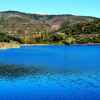
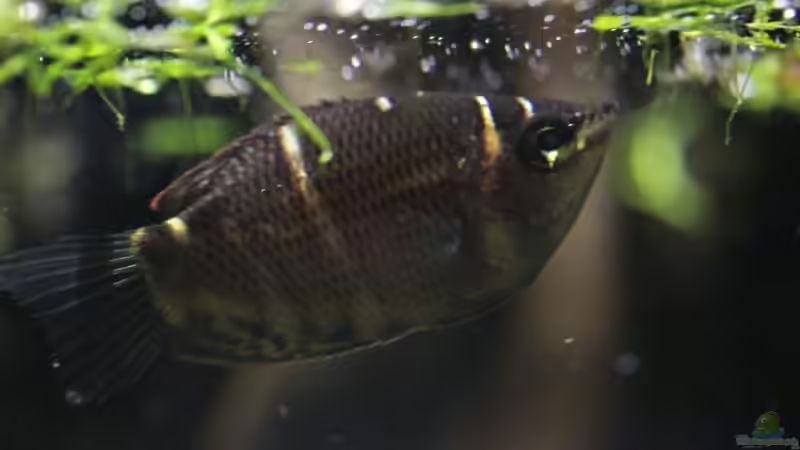
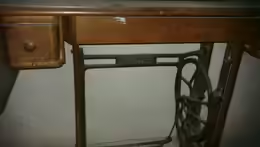

























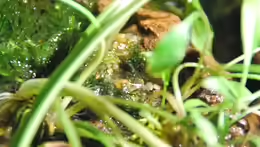

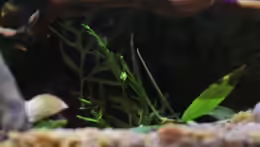
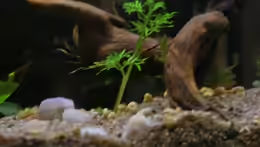
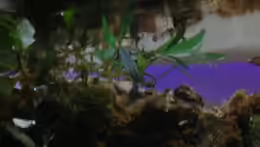


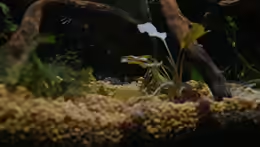

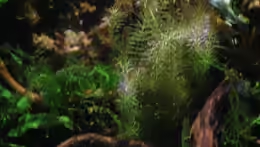
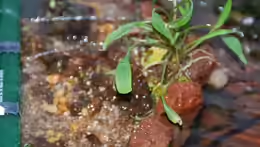



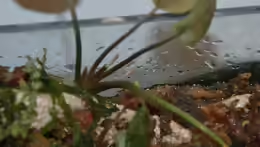
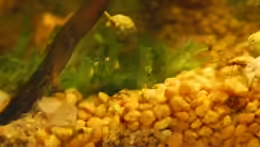

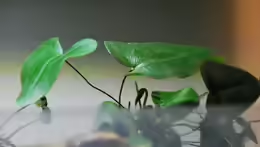

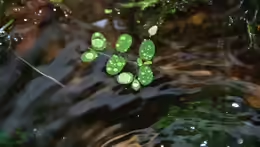
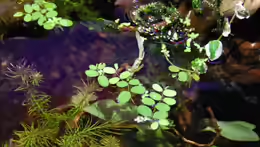
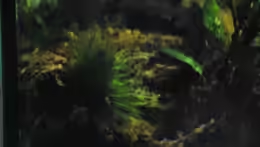
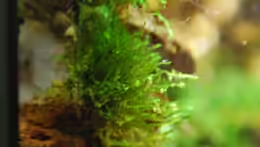
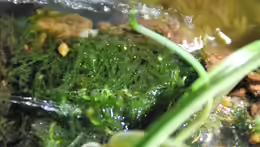
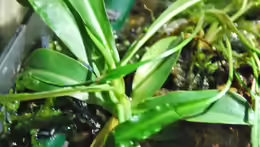

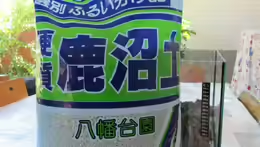





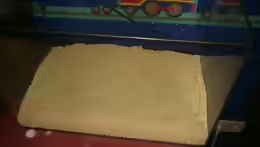

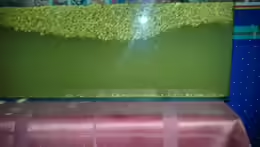
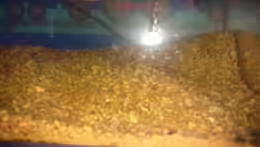

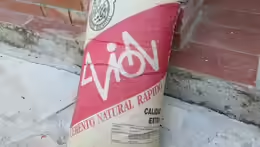
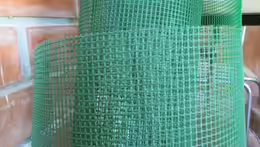


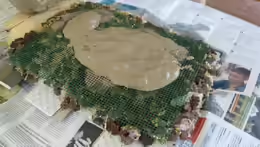
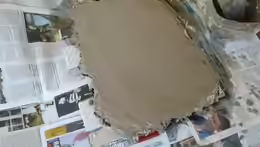
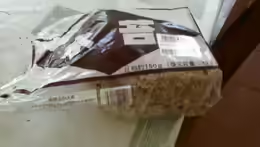
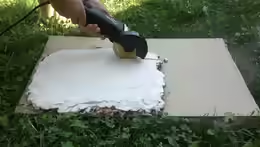

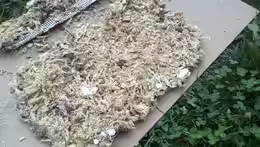
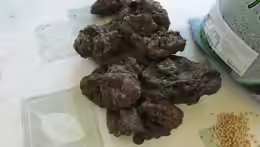


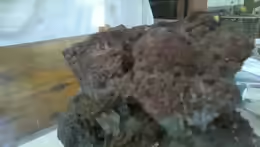
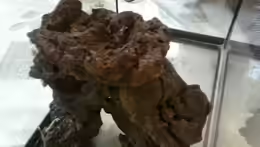
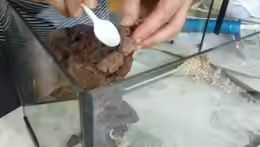




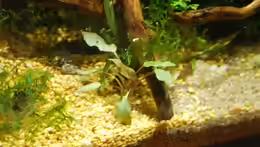
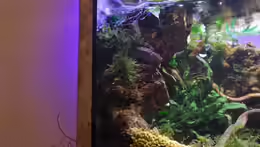
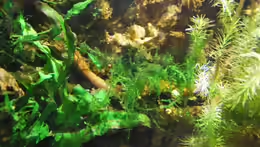
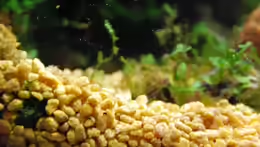


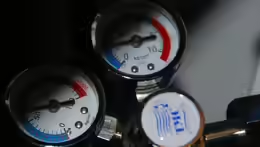
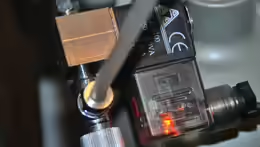
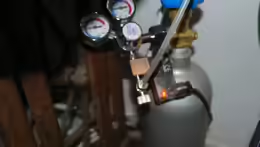
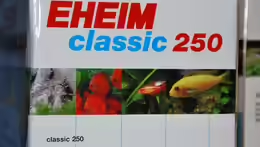


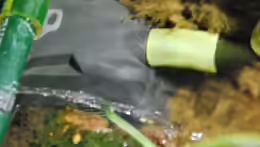

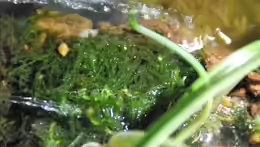
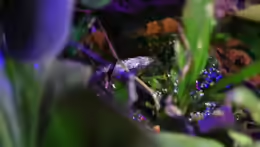
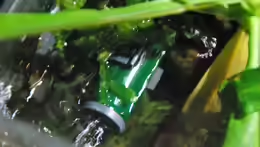

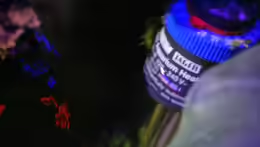

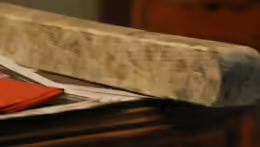

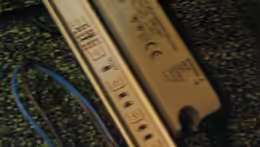
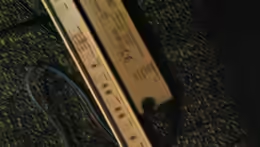

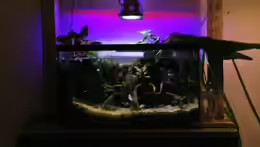
























User-Kommentare
Very nice Tank..
greetings Jürgen
Thanks for the rating, I`m glad. In this tank there are two specimens of Sphaerichthys osphromenoides, I put them in replacement of a couple of Trichopsis pumila, who were transferred to another aquarium.
Hola,
saludos desde Alemania. Acuario de clase.
Thomas
Le deseamos una Feliz Navidad y un Feliz 2014